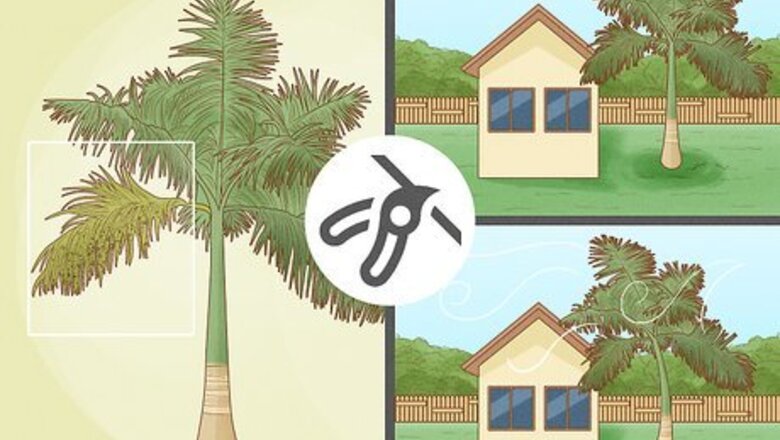
views
Evaluating the Health of Your Palm Tree

Determine whether it's time to trim. Though experts recommend avoiding pruning as much as possible, there are some circumstances that call for a trim. Start by determining if you really need to prune. And remember, the less pruning you can do, the better. Prune to remove dead or dying fronds To remove potential fire hazards, especially near buildings or homes To increase visibility and safety near driveways or sidewalks To prevent damage to buildings or homes during high winds To remove fruit, seeds and flowers It’s generally best to wait until the spring to trim a palm. Never prune for purely cosmetic reasons or else you may risk damaging the tree.
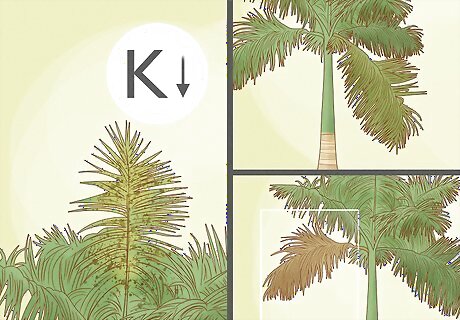
Determine the health of the palm tree. Unless they are a hazard to people or property, palms only need to be trimmed when fronds (leaves) die or are broken, or when the tree begins to flower or bear fruit. Look for dead or dying fronds on the tree. Dying fronds appear brownish, yellow or white and are often wilted or hanging down. Look for potassium deficiency in your palm tree. Potassium deficient palms typically have yellow spotting on the oldest leaves. A potassium deficient palm tree should not be trimmed because this would result in additional fronds losing nutrients and turning yellow. If your tree is potassium deficient, supply the tree with additional potassium and wait at least a year to trim. Look for broken fronds which should be removed before they are torn off and cause damage to the tree. Look for palm flowers and fruit stalks which use up energy and slow the growth of the tree. If there are no dead or dying fronds, broken fronds, flowers, or fruit stalks, your palm tree doesn't need to be trimmed.
Selecting Appropriate Equipment
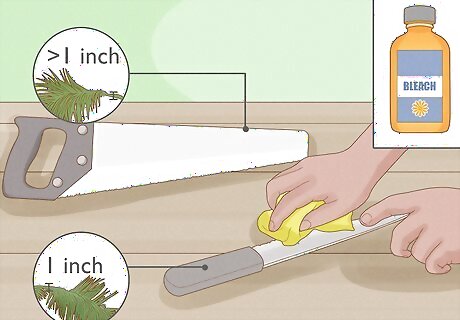
Select pruning equipment. There are a variety of pruning tools that can be used to trim your palm tree. Consider the size of your tree to determine which tool you need. It’s also important to make sure that your equipment is sterile and sharp before you prune. A serrated knife can be used to cut off fronds that are less than 1 inch in diameter. A knife is also useful for removing flower stalks from the tree. Large clippers or pruning sheers can be used to remove fronds slightly larger than 1 inch in diameter. A hand saw or pruning saw will make it easier to remove thicker, larger fronds from the tree. A chainsaw can be used to cut very large, very thick fronds, but extra precautions should be taken to ensure you don't hurt yourself or the trunk of the tree. Make sure to clean all tools before you use them. Leftover dirt and sap may help spread soil-borne diseases. You can clean off dirt and rust with a wire-bristle brush, for example. You can disinfect the tools with a household cleaner like Lysol, 70% alcohol, bleach, or disinfectant wipes. You can sharpen your blades with a whetsone, oilstone, or a bench grinder.

Select climbing equipment. Palm trees can grow to be very tall. The equipment you'll need to reach the fronds will depend on the height of your tree. Step stools or a small ladder can be used for shorter trees. Extension ladders can be used to trim trees up to 15 feet (4.6 m) in height. A bucket lift or cherry picker should be used to trim very tall trees. Climbing gear should be used by trained professionals only, and climbing spikes or cleats should never be used as they can damage the trunk and spread disease.
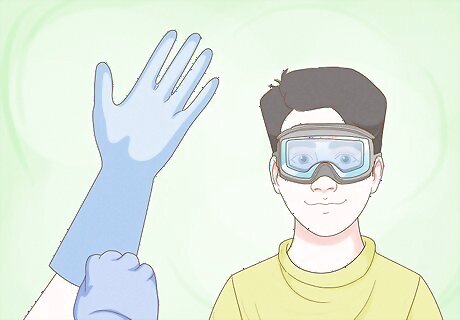
Get protective gear. Gardening gloves and safety goggles should be used when trimming your palm. Palm fronds usually have very sharp spikes along their edges. Gloves will help protect your hands. Sawing and cutting sends small pieces of debris flying. Wear safety goggles to protect your eyes.
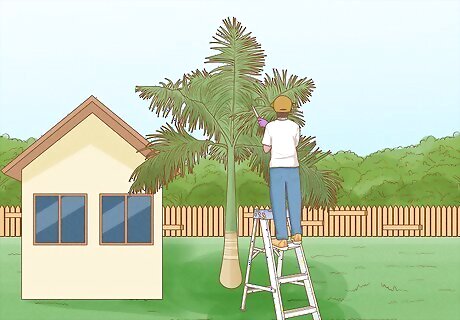
Consult a professional. Palm trees can grow very tall and large, spiky fronds can be unwieldy. If you're dealing with a tall tree or do not feel comfortable using the equipment it's best to consult a professional. Look for someone with experience trimming palm trees. Make sure whoever you hire does not use gear that could damage the tree, such as climbing spikes or cleats.
Removing Dead or Damaged Leaves

Sterilize your pruning tools. Pruning tools can spread disease from one tree to another. All of your pruning tools should be sterilized before you begin trimming your tree. Wipe any dirt or debris from your pruning gear. Sterilize the tools by placing them in a solution of 1 part bleach to 3 parts water. Take chainsaws apart and soak both the chain and bar. Let tools soak for 5 minutes. Rinse tools with clean water and allow them to air dry before using.
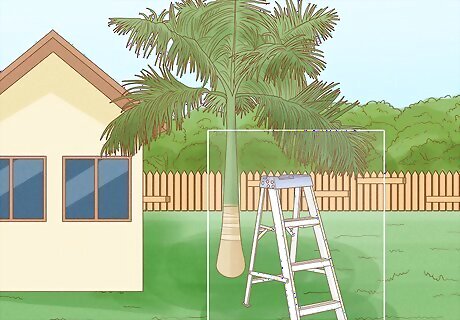
Set up your climbing gear. Before you scale the tree, make sure the climbing gear you are using is secure and stable. Check that your ladder, step stool or cherry picker is stable and that any climbing equipment you are using is secure. Ensure the tree is not being bent, punctured or otherwise damaged by the climbing equipment you are using. If you damage the trunk of your palm while pruning, the tree may not heal.
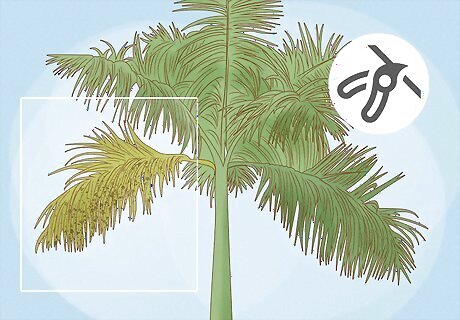
Remove dead or damaged leaves only. Removing healthy fronds robs the tree of important nutrients and can result in slow growth, the spread of disease and the death of the palm. Mature fronds are found below the current year's growth. It's important to leave at least two rows (or more) of mature fronds. Begin at the bottom of the foliage and look for dead, dying or broken fronds. Use your pruning gear to remove dead or broken fronds from the trunk. Cut each frond at least 2 inches (5.08 cm) from the trunk. Cutting too close to the trunk can damage the tree. Remove green fronds only if they hang at an angle below a line that is 90 degrees, or parallel. to the ground. Don't prune fronds that are above this horizontal line as it can weaken the tree. Never cut off the top, or crown, of the palm. The crown will not grow back and the tree will die. You do not need to prune self-cleaning palms such as King palms, Kentia palms, Jubaea palms or Chamadoreas. Their leaves fall off naturally as they die, making trimming unnecessary. If it is only necessary to trim a self-cleaning palm because of potential safety hazards. Trim dead fronds or the oldest fronds only.
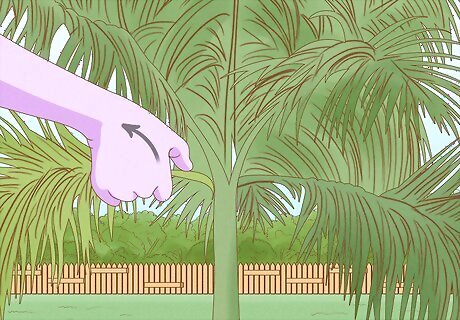
Pull off loose petioles (blades) from the fronds. Take the loose petiole (blade) between your fingers and pull gently. If the petiole does not come off easily, leave it.
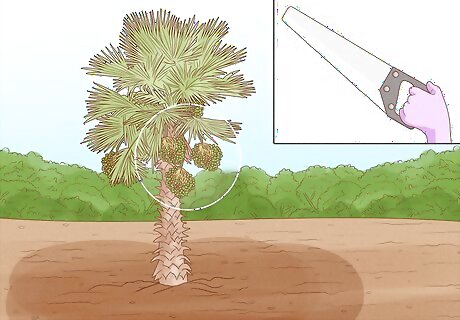
Prune flowers or developing fruit from the palm if your particular species is the flowering type. Palm flowers and fruits take energy and nutrients away from the tree, attract pests, and create hazards for people walking below. Cut fruit and fruit stalks from the fronds or trunk and remove flower growth by hand. Fruit stalks and flowers should be removed as soon as they are visible.
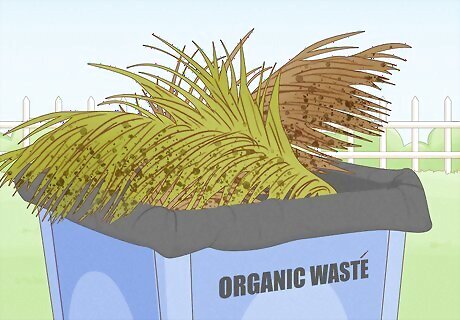
Discard of pruned fronds, petioles and fruit properly. Place fronds in a trash bin made for organic waste. Palm tree fronds tend to have sharp needle-like protrusions that can prick those who handle the waste. Continue to wear gardening gloves as you clean up debris. Pick up any fallen fruit, flowers or seeds. Pests that can harm the tree are attracted to dropped seeds and fruit. Fallen fruit can also stain concrete and produce unpleasant odors, and the seeds can germinate in undesirable places. Consult your local waste disposal service department to find out how and where to dispose of palm debris.
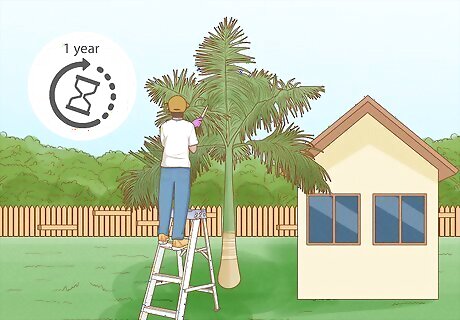
Wait a year (or longer) before trimming again. Palm trees do best when left alone. Green fronds produce all of a palm tree's food. Keeping them around is integral to maintaining the health and strength of your tree. For that reason, you should never take off more leaves in one year than the tree can produce in that time.













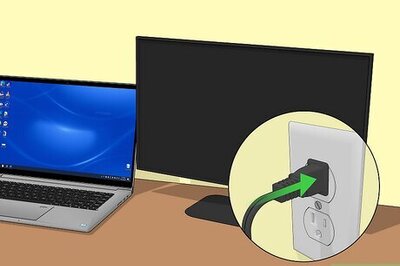

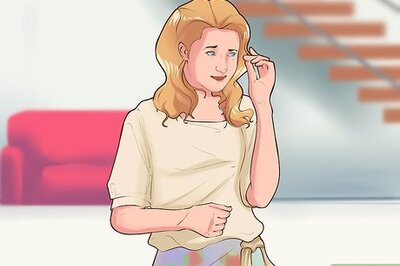
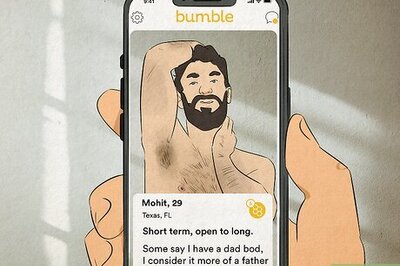
Comments
0 comment